180. Sirius is the brightest star
(-1.46) not only in the southern hemisphere but even on the
total sphere of the sky.
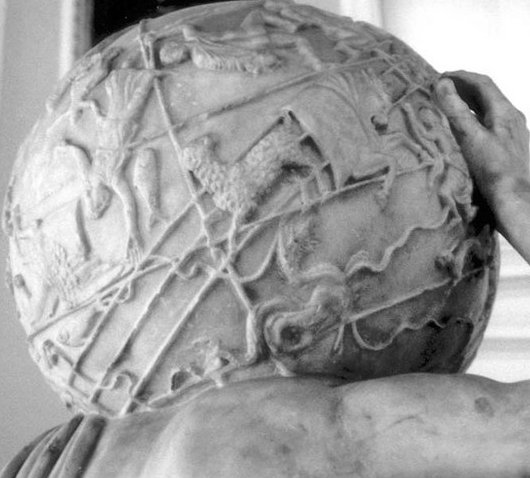
Wega was also very bright (0.03), indeed the
brightest star in the northern hemisphere, with exception for
Arcturus (-0.05). We can compare with some other pole stars:
| Wega |
0.03 |
|
Polaris |
1.97 |
| Kochab |
2.07 |
| Thuban |
3.67 |
|
Dramasa |
5.45 |
... I
became curious about this star ... called Nuutuittuq
[= 'never moves'] ... So, on the lee side of our
uquutaq (a snow windbreak) I positioned a
harpoon
pointing directly at this particular star to see if it
would move. In the morning I checked it and discovered
that the Tukturjuit (Ursa Major) had changed
their position completely but the harpoon still pointed
at this star ... I had discovered the stationary star
...
Judging from their brightness alone it is obvious that
Wega
should be at the top with Dramasa at the bottom.

In the Golden Age of the Bull, when
Thuban (not
extraordinarily bright) had become the northern pole star,
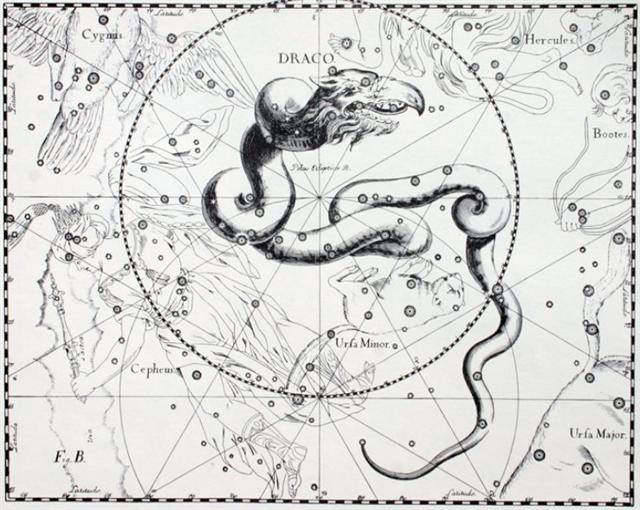
immense efforts were taken to make this fact clear:
... The star [Thuban] could be seen, both
by day and night, from the bottom of the central passage of
the Great Pyramid of Cheops (Knum
Khufu) at Ghizeh, in 30° of north latitude, as also
from the similar points in five other like structures; and
the same fact is asserted by Sir John Herschel as to the two
pyramids at Abousseir ...
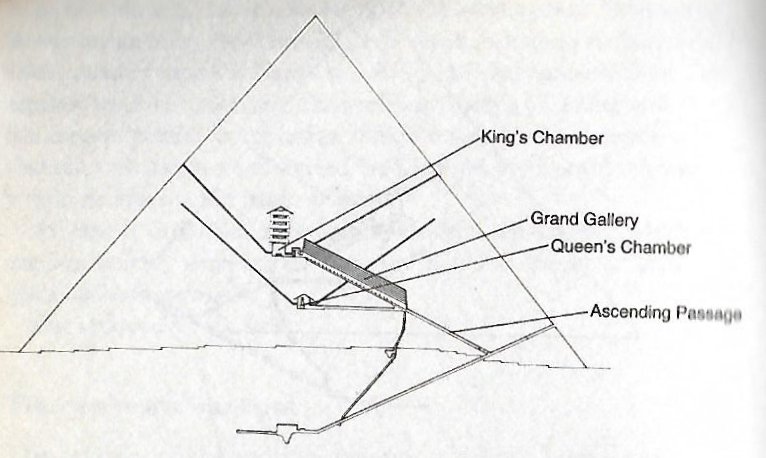
... For some reason, too, it had
taken their fancy to place the Great Pyramid almost
exactly on the 30th parallel at latitude 29º 58' 51".
This, a former astronomer royal of Scotland once
observed, was 'a sensible defalcation from 30º', but not
necessarily in error: For if the original designer had
wished that men should see with their body, rather than
their mental eyes, the pole of the sky from the foot of
the Great Pyramid, at an altitude before them of 30º, he
would have had to take account of the refraction of the
atmosphere, and that would have necessitated the
building standing not at 30º but at 29º 58' 22'
...
And remarkably the brightest star in the northern
hemisphere, Arcturus
(-0.05), culminated in the following night.
Maybe this fact -
taking into consideration also the eminent Sirius who raised
the waters of the Nile and was the brightest star in the
southern hemispere - could have been the basic reason
for raising Thuban to his high position, making
Wega
into the
primordial
first
Falling
Eagle, with
head looking towards the past (with no
future in sight).
|
APRIL 4 (*14) → 413 + 1 |
5
(95 + 365 = 460) |
6 |
7 |
 |
 |
 |
 |
|
Ga1-14 |
Ga1-15 |
Ga1-16 |
Ga1-17 |
 |
 |
 |
 |
|
Gb5-26 (150) |
Gb5-6 + 21 |
Gb5-28 |
Gb5-29 (382) |
|
ĸ Leporis (78.0),
RIGEL
(Foot) =
β
Orionis
(78.1),
Flaming Star = IC405
(78.2),
CAPELLA
(Mother Goat) =
α
Aurigae (78.4),
ο
Columbae,
τ
Orionis (78.8)
*37.0 = *78.4 - *41.4
THUBAN
(α Draconis) |
λ Aurigae (79.0),
λ Leporis (79.6), ρ Aurigae (79.7)
ARCTURUS (α Bootis) |
Shur-narkabti-sha-iltanu-5
(Star in the Bull towards the north)
σ Aurigae (80.4), BELLATRIX (Female Warrior) = γ
Orionis,
SAIF AL JABBAR (Sword of the Giant) =
η
Orionis (80.7),
ELNATH
(The Butting One) =
β
Tauri =
γ
Aurigae
(80.9)
*39.0 = *41.0 - *2.0 = *221.0 - *182.0
Oct 7
AD 2022 (280, *200)
MARS |
ψ Orionis (81.1),
NIHAL (Thirst-slaking Camels) =
β
Leporis (81.7) |
|
June 7 (*78) |
8 (*444) |
9 (525 = 365
+ 160) |
10
(161) |
|
... Midsummer
is the flowering season of the oak, which is the
tree of endurance and triumph, and like the ash
is said to 'court the lightning flash'. Its
roots are believed to extend as deep underground
as its branches rise in the air - Virgil
mentions this - which makes it emblematic of a
god whose law runs both in Heaven and in the
Underworld ... The month, which takes its
name from Juppiter the oak-god, begins on June
10th and ends of July 7th. Midway comes St.
John's Day, June 24th, the day on which the
oak-king was sacrificially burned alive. The
Celtic year was divided into two halves with the
second half beginning in July, apparently after
a seven-day wake, or funeral feast, in the
oak-king's honour ...
 |
|
°June 3 (*74) |
4 (*440) |
5 (521) |
6 (157) |
|
'May 11 |
12 (*52 = *79
- *27) |
13 (133) |
14 |
|
"April 27 |
28 (118 ↔ 4 *
29½) |
29 (*39) |
30 |
|
THE NAKSHATRA
VIEW: |
|
OCT 3 |
4 (277) |
5 |
6 (*199) |
|
NODUS I = ζ Draconis (260.0),
π
Herculis (260.7),
RAS ALGETHI =
α
Herculis
(260.8) |
SARIN =
δ
Herculis (261.0),
ο
Ophiuchi (261.4)
*220.0 = *261.4 - *41.4 |
ξ Ophiuchi (262.2),
θ Ophiuchi, ν Serpentis, ζ, ι Apodis (262.4),
ι Arae (262.8), ρ Herculis (262.9) |
β, γ Arae (263.3), κ Arae (263.5), σ Ophiuchi
(263.6) |
|
Dec 6 (*260) |
7 (→ 9 * 29) |
8 (342) |
9 (→ 7 * 49) |
|
°Dec 2
(*256) |
3 |
4 (338) |
5 |
|
'Nov 9 |
10 (314 → π) |
11 |
12 (*236 → 8
* 29½) |
|
"Oct 26 |
27 (300 = 341
- 41) |
28 |
29 (*222) |
 |
 |
 |
 |
|
Ga7-27 |
Ga7-28 |
Ga7-29 |
Ga7-30 (199) |
The Sun rose at the right ascension line connected with
Thuban at the time when the Full Moon ideally should
have been at
Hamal.
And 3 days later followed Arcturus:
Similarly Polaris - who arrived later in time-space, followed
by Sheratan - had Benetnash at the opposite side:
Presumably we ought to try to keep all such ideas alive at the
back of our heads (where the signals from the optic
nerves are processed) when looking at the planet Mars in
December 28 (Gb1-15). Here the 3 central stars in Orion would
come in order for the Sun:

|
NOV 19 |
20 (324) |
21 |
22 →
π |
23 |
24 (*248) |
 |
 |
 |
 |
 |
 |
|
Gb1-14 |
Gb1-15 → 115 |
Gb1-16 |
Gb1-17 (2 *
123) |
Gb1-18 |
Gb1-19 (248) |
|
PLACE OF THE
SUN: |
|
GREDI (Goat) =
α
Capricorni
(307.2), σ Capricorni (307.5),
ALSHAT (The Sheep) =
ν
Capricorni
(307.9)
|
Al Sa’d al Dhabih-20 (Lucky One of the
Slaughterers) /
Ox / Heard Boy-9 (Buffalo)
DABIH = β
Capricorni (308.0),
κ
Sagittarii (308.1),
SADIR (Hen's Breast) = γ Cygni (308.4),
PEACOCK = α Pavonis
(308.7)
*267.0 = *308.4 - *41.4 |
KHUFU
MINTAKA (δ
Orionis)
ARNEB (α
Leporis)
OKUL = π Capricorni
(309.6),
BOS = ρ Capricorni
(309.9( |
KHAFRE
ο
Capricorni
(310.2),
θ Cephei (310.5)
ALNILAM (ε
Orionis)
HEKA
(λ Orionis)
|
MENKAURE
ALNILAK (ζ
Orionis)
PHAKT (α
Columbae)
ROTTEN MELON =
ε
Delphini,
φ
Pavonis (311.2),
η Delphini (311.4),
ζ
Delphini,
ρ
Pavonis (311.7)
*270.0 = *311.4 - *41.4 |
ROTANEV = β Delphini,
ι Delphini (312.3), τ Capricorni (312.6), κ
Delphini (312.7),
SVALOCIN = α Delphini,
υ Capricorni, υ Pavonis (312.8) |
|
Dec
28 (362) AD 2027 MARS |
Febr
20 (416) AD 2024 MARS |
 |
|
Jan 22 |
23 (*8 + *300) |
24 |
25 →
21 + 4 |
26 (*311) |
27 (392) |
|
°Jan 18 |
19 (*304) |
20 |
21 |
22 |
23 (388) |
|
'Dec 26 |
27 |
28 |
29 |
30 (364) |
31 (*285) |
|
"Dec 12 |
13 |
14 (348) |
15 |
16 (*270) |
17 |
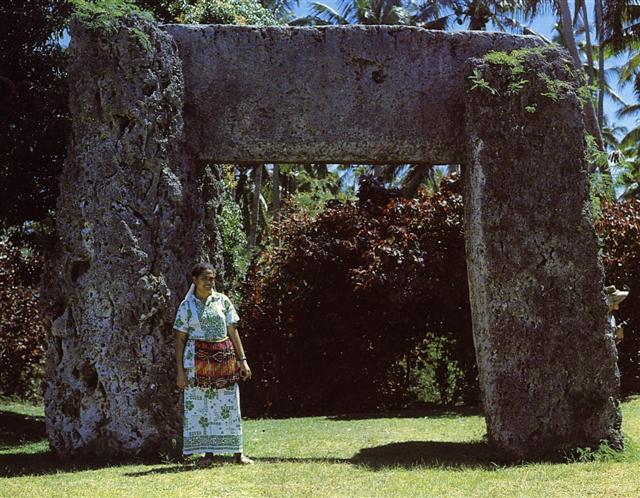 |
|
THE NAKSHATRA
VIEW: |
|
MAY 20 (140) |
21 |
22 |
23 |
24 (12 * 12) |
25 (145) |
|
AL TARF (The End) =
β
Cancri
(124.3)
RAS ALGETHI (α Herculis) |
χ
Cancri (125.2),
BRIGHT FIRE =
λ
Cancri (125.4)
*84.0 = *125.4 - *41.4 |
AVIOR =
ε
Carinae (126.4),
φ
Cancri (126.8)
*85.0 = *126.4 - *41.4 |
ο
Ursae
Majoris (127.4)
*86.0 = *127.4 - *41.4 |
Pushya-8 (Nourisher)
υ Cancri (128.1),
θ Cancri
(128.2) |
Āshleshā-9 (Embrace)
/
Willow-24 (Stag)
π¹
Ursa Majoris,
δ
HYDRAE (129.6),
AL MINHAR AL SHUJĀ = σ Hydrae,
MUSEIDA =
π²
Ursae Majoris
(129.9)
RAS ALHAGUE (α Ophiuchi) |
 |
 |
 |
 |
 |
 |
|
Ga3-1 (60) |
Ga3-2 (61) |
Ga3-3 |
Ga3-4 |
Ga3-5 |
Ga3-6 (65) |
|
July 23 (204) |
24 |
25 |
26 |
27 (208) |
28 |
 |
December 28 (362, Gb1-15) ↔
February 20 (416 = 8 * 52, Gb1-17) - 2 = 414 (→ Bharani, *41.4) = 362 +
52 (→ 780 - 2 * 364).
Ma'eha, Brightness, bright, to lighten, to
brighten up; ku ma'eha-á, it has already
lightened up. Vanaga. 1. Light, brightness; to shine, to
be bright, to glimmer, to glow; maeha mahina,
moonshine; maeharaa, sunrise. Maehamaeha,
bright. Hakamaeha, to brighten. Mq.: maeoeo,
bright, transparent. 2. To get out of the way. 3. Thin,
slender, slight. Churchill.
Teke.
Occiput. Teketeke, short (not tall); also:
teke. Vanaga. Teke ki nei, as far as, until
(? tehe 1). Teketeke, crest, ridge.
Churchill. Teke and Maeha were 'brothers',
located at opposite sides of 'the house'. [E:62]
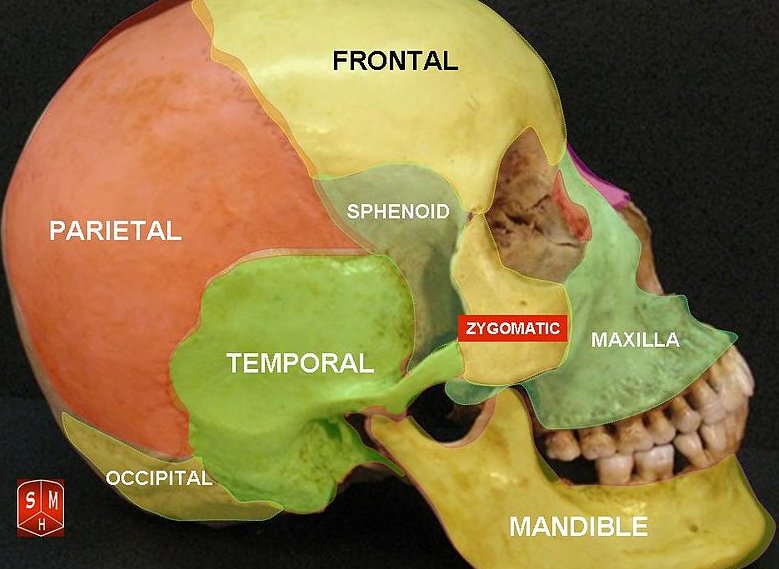
|























